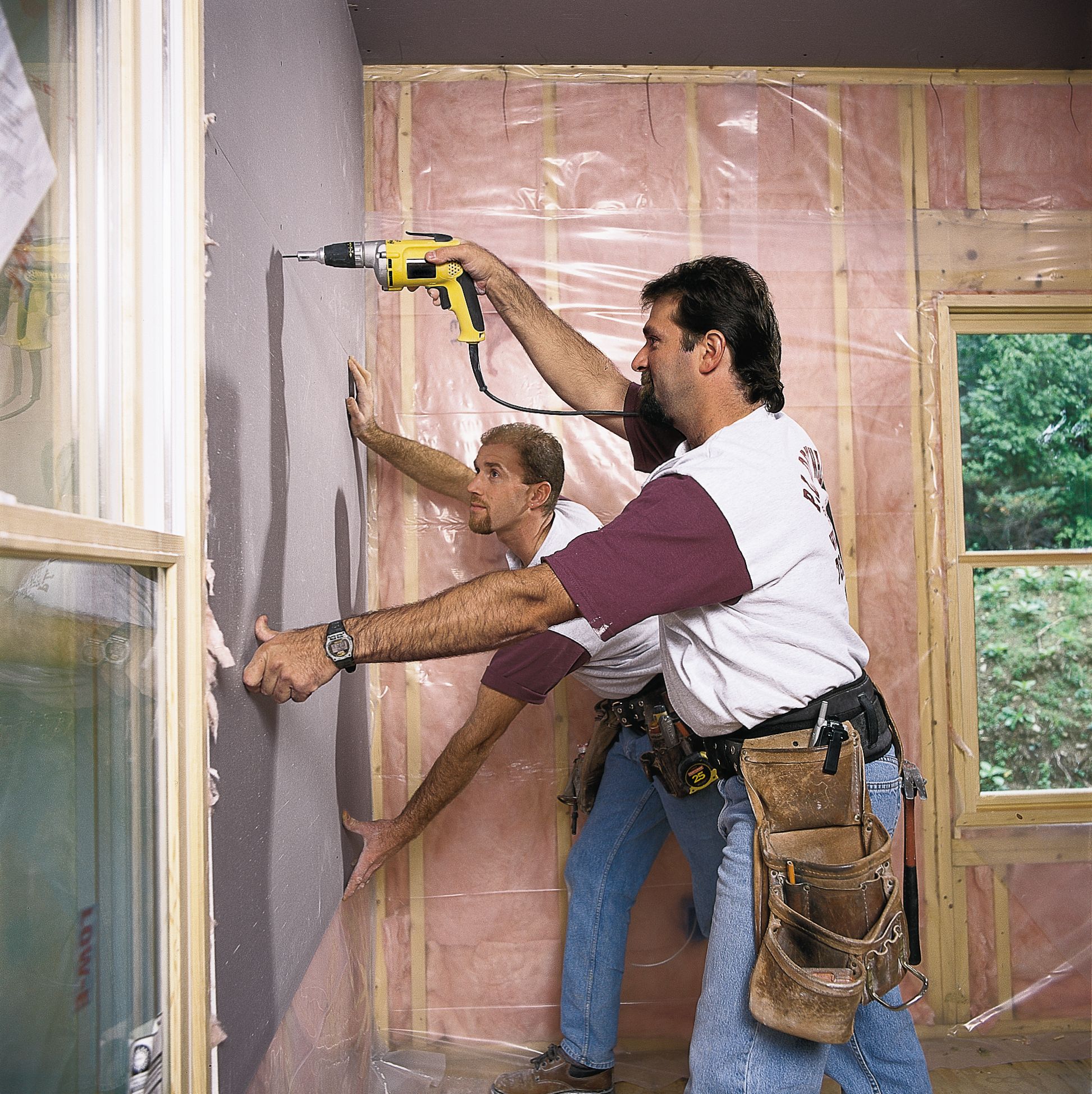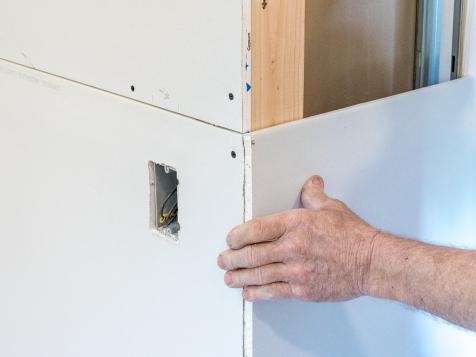Discovering the current Trends in Edmonton Drywallers Solutions
Discovering the current Trends in Edmonton Drywallers Solutions
Blog Article
Everything You Need to Understand About Drywall Installation: A Comprehensive Overview

Comprehending Drywall Essentials
Recognizing the principles of drywall is vital for any effective installment job. Drywall, also known as gypsum board or plasterboard, is a preferred construction material made use of to produce interior walls and ceilings.
One crucial facet of comprehending drywall is recognizing the different kinds offered. One of the most common types consist of normal drywall, moisture-resistant drywall, and fireproof drywall. Regular drywall is suitable for most interior applications, while moisture-resistant drywall is suggested for locations with high humidity, such as bathrooms and cooking areas. Fireproof drywall is designed to provide added security versus fire and is typically needed in multi-family houses and commercial structures.
An additional trick aspect of drywall basics is recognizing the common sizes and densities available. The most typical sizes are 4x8 feet and 4x12 feet, with densities varying from 1/4 inch to 5/8 inch. Thicker drywall is generally used for applications that need raised fire resistance or soundproofing.
Devices and Products Needed for Drywall Setup
To efficiently mount drywall, it is crucial to have the required tools and materials on hand (drywall repair). These materials and devices are important for accomplishing a professional coating and ensuring the resilience of the installment
Firstly, you will require a measuring tape to accurately measure the dimensions of the area where the drywall will be set up. An energy knife is necessary for cutting the drywall to the called for shapes and size. Additionally, a drywall saw can be made use of for making a lot more detailed cuts, such as around windows or electrical outlets.
Following, you will require a screw weapon or a drill with a screwdriver little bit to secure the drywall to the wall surface studs. Screws, especially drywall screws, are essential for affixing the drywall to the studs. It is very important to make use of the ideal length of screws to guarantee a flush and secure installation.

In regards to materials, you will require the drywall itself, joint compound for completing joints and spaces, and tape for strengthening the joints. Sandpaper or a sanding block will be needed for smoothing out the joint substance after it has actually dried.
Preparing the Room for Drywall Setup
Prior to waging the drywall setup, it Click Here is important to effectively prepare the space to ensure a successful and smooth installment process. Preparing the room involves a number of important actions that require to be followed vigilantly.
First of all, it is critical to clear the area of any kind of furniture, components, or various other things that might obstruct the installment procedure. This will supply the installers with ample space to function and maneuver about. In addition, it is suggested to cover the floors and any kind of continuing to be things with protective sheets reference or drop fabrics to stop any kind of damage or debris from dropping onto them.
Following, it is important to inspect the wall surfaces and ceiling for any kind of existing damages, such as cracks, openings, or water discolorations. These problems ought to be repaired before the installation to guarantee a smooth and even surface for the drywall. Any loose paint or wallpaper must likewise be gotten rid of, and the walls should be extensively cleansed and cleaned.
Furthermore, electric and pipes fixtures should be shut off and safeguarded to stop any type of mishaps or damages throughout the installment procedure. It is crucial to switch off the power supply to the location and remove any electrical cover plates prior to starting the setup.
Lastly, it is recommended to talk to a professional or describe neighborhood building ordinance to ensure compliance with security laws and acquire any kind of essential permits before waging the setup. By correctly preparing the area, you can make sure a successful and effective drywall setup procedure.
Step-by-Step Overview to Hanging Drywall
To ensure an effective drywall setup, it is essential to adhere to a step-by-step guide for hanging the drywall (drywall installation). This process needs accuracy and focus to information
First, collect all the necessary tools and materials, consisting of drywall sheets, an energy knife, a check over here drywall saw, a tape step, a drill, and screws.
Following, start by measuring the dimensions of the wall or ceiling where the drywall will certainly be set up. Transfer these measurements onto the drywall sheets, marking where cuts need to be made - drywall Edmonton. Utilize a straight edge and an energy blade to rack up the drywall along the significant lines, then break it along ball game line
As soon as the drywall sheets are cut to size, they can be hung on the wall surface or ceiling. Start at one edge and position the first sheet vertically versus the framing. Use screws to secure the drywall to the studs, ensuring to leave a little space between sheets for expansion.
Continue this process, working your means throughout the wall surface or ceiling. Make sure that each sheet is degree and flush with surrounding sheets. Use a drywall saw to reduce out any essential openings for electric outlets or buttons.
Finishing Techniques for an Expert Appearance
Now that the drywall sheets have been effectively hung, it is important to utilize finishing strategies that will result in a polished and specialist look. Accomplishing a flawless and smooth coating on drywall calls for careful attention to detail and the use of appropriate devices and strategies. By adhering to these finishing methods, your drywall installment will certainly have a polished and professional appearance.
Final Thought
In final thought, recognizing the basics of drywall setup is necessary for a successful task. With this comprehensive guide, any person can confidently take on a drywall setup project.
The most usual types consist of normal drywall, moisture-resistant drywall, and fire-resistant drywall. Regular drywall is ideal for the majority of indoor applications, while moisture-resistant drywall is advised for areas with high moisture, such as bathrooms and kitchen areas. Screws, especially drywall screws, are required for attaching the drywall to the studs. These problems need to be repaired before the setup to ensure a smooth and even surface for the drywall. By following these ending up strategies, your drywall setup will have a expert and refined appearance.
Report this page